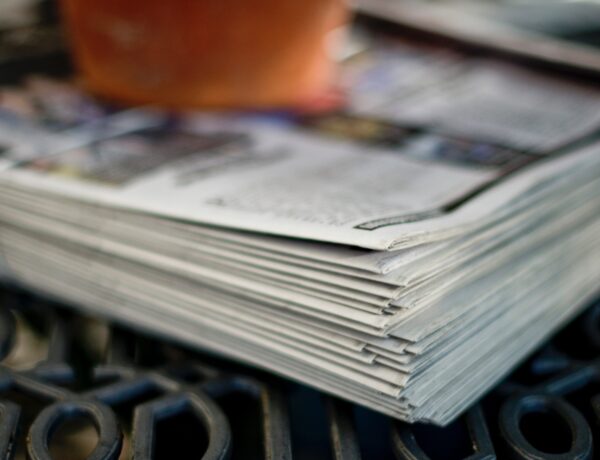Minimalist writing is like the art of decluttering, but for words. It’s about getting rid of anything that isn’t necessary and focusing on what’s truly important. In today’s fast-paced world, where everyone’s attention is pulled in a million directions, this streamlined style of prose can be really effective. It cuts through the noise and delivers messages in a clear, straightforward way.
Think of this concise writing approach as a quiet conversation in a busy room. It doesn’t shout to be heard; instead, it draws people in with its simplicity and clarity. The goal here is to share some insights and techniques that can help in honing this skill. It’s about learning how to say more with less, making every word, every sentence count. This approach isn’t just about making writing simpler; it’s about making it resonate more deeply with readers.
The Principles of Minimalist Writing
At its heart, this method of writing is all about simplicity and clarity. It’s a style that says, “Let’s keep this straightforward.” The idea is to strip away the frills and get down to the basics. This doesn’t mean the writing becomes dull or dry. Instead, it’s about finding the most direct and clear way to express an idea or tell a story.
The core of such succinct writing lies in focusing on the essentials. It’s like packing for a trip and only taking what you really need. This means choosing words carefully and avoiding the temptation to add extra details that don’t really add to the story or message. It’s about trusting the reader to fill in the blanks, to understand the unsaid.
This approach can have a big impact on how readers engage with a piece of writing. In a world where we’re bombarded with information, minimalist writing offers a breath of fresh air. It can make the message stand out, making it more likely to be read, understood, and remembered.
There are some great examples of minimalist writing in literature. Ernest Hemingway, for instance, was known for his lean, direct style. He could paint a vivid picture or convey deep emotion with just a few well-chosen words. His work shows that sometimes, less really can be more.
Techniques for Effective Minimalist Writing
Achieving brevity and clarity in writing isn’t always as simple as it sounds. It’s a bit like solving a puzzle, figuring out how to say something powerfully yet succinctly. One key strategy is choosing words that are both precise and impactful. Every word should earn its place on the page. It’s about finding those words that say a lot all by themselves, without needing a lot of extra explanation.
Sentence structure also plays a big role in minimalist writing. Short, straightforward sentences can make a big impact. They’re like quick brush strokes that paint a clear picture. That said, mixing up sentence lengths can add rhythm and keep the writing from sounding too monotonous.
A major part of minimalist writing is cutting out redundancy and superfluous descriptions. It’s like pruning a tree; by getting rid of the excess, what’s left can really flourish. This means being ruthless sometimes, letting go of phrases and sentences that might be beautiful but don’t add real value to the writing.
But minimalist writing isn’t just about cutting things out. It’s also important to maintain depth in your narrative and characters. This can be challenging when you’re trying to keep things concise, but it’s not impossible. It’s about implying more than you actually say and letting readers read between the lines. A few well-chosen details can suggest a whole world or a complex character.
Finally, balancing minimalist writing with engaging storytelling is crucial. The story needs to be compelling, no matter how many words are used to tell it. The goal is to keep readers hooked, turning the page, eager to find out what happens next, even with a more pared-down style. This balance is what makes minimalist writing so powerful – it’s not just about being brief, it’s about being brief in a way that deeply engages the reader.
The Challenges and Rewards of Minimalist Writing
Minimalist writing, while appealing, isn’t without its challenges. A common pitfall is over-simplification. In the quest to strip down the prose, there’s a risk of stripping out the soul of the story. The writing might become too bare, losing the richness that gives a story depth and texture. Similarly, there’s the challenge of losing important details. In trying to be concise, it’s possible to leave out elements that are crucial for understanding the plot or the characters.
Overcoming these challenges is about finding balance. It’s like walking a tightrope between saying too much and saying too little. One way to do this is by focusing on the essential elements of the story. Ask, “What does the reader really need to know?” This helps in deciding what to keep and what to trim. Another strategy is to read extensively. Seeing how other authors achieve this balance can be incredibly instructive and inspiring.
The benefits of mastering minimalist writing are numerous and extend across various genres. For one, it sharpens the writer’s ability to communicate effectively. In a minimalist style, every word has to count, which can lead to stronger, more compelling prose. This style also offers a certain kind of clarity that can be really powerful, especially in genres where the message or the plot needs to stand out clearly, like in mystery or thriller novels.
Moreover, minimalist writing can help a writer stand out. In a world where readers are overwhelmed with words, a clear, concise style can be a breath of fresh air, attracting readers who are looking for something different. Whether it’s fiction, non-fiction, or even poetry, the ability to say more with less is a skill that can elevate a writer’s work and leave a lasting impression on readers.




No Comments